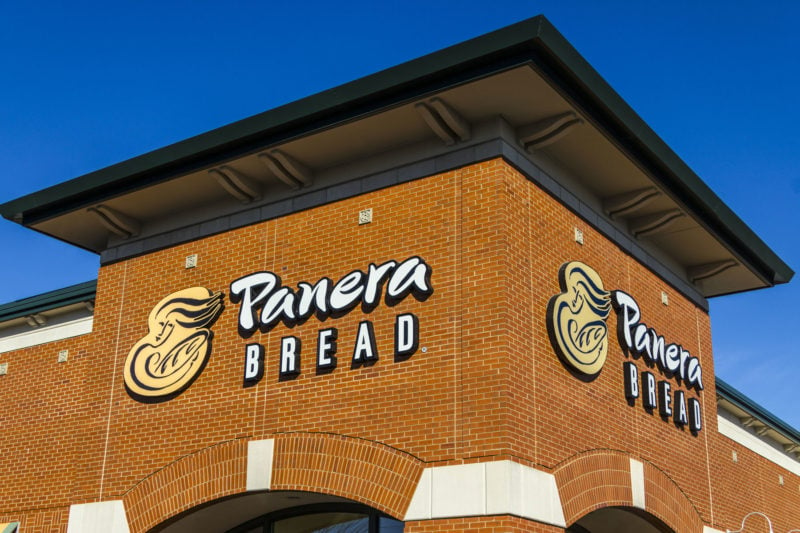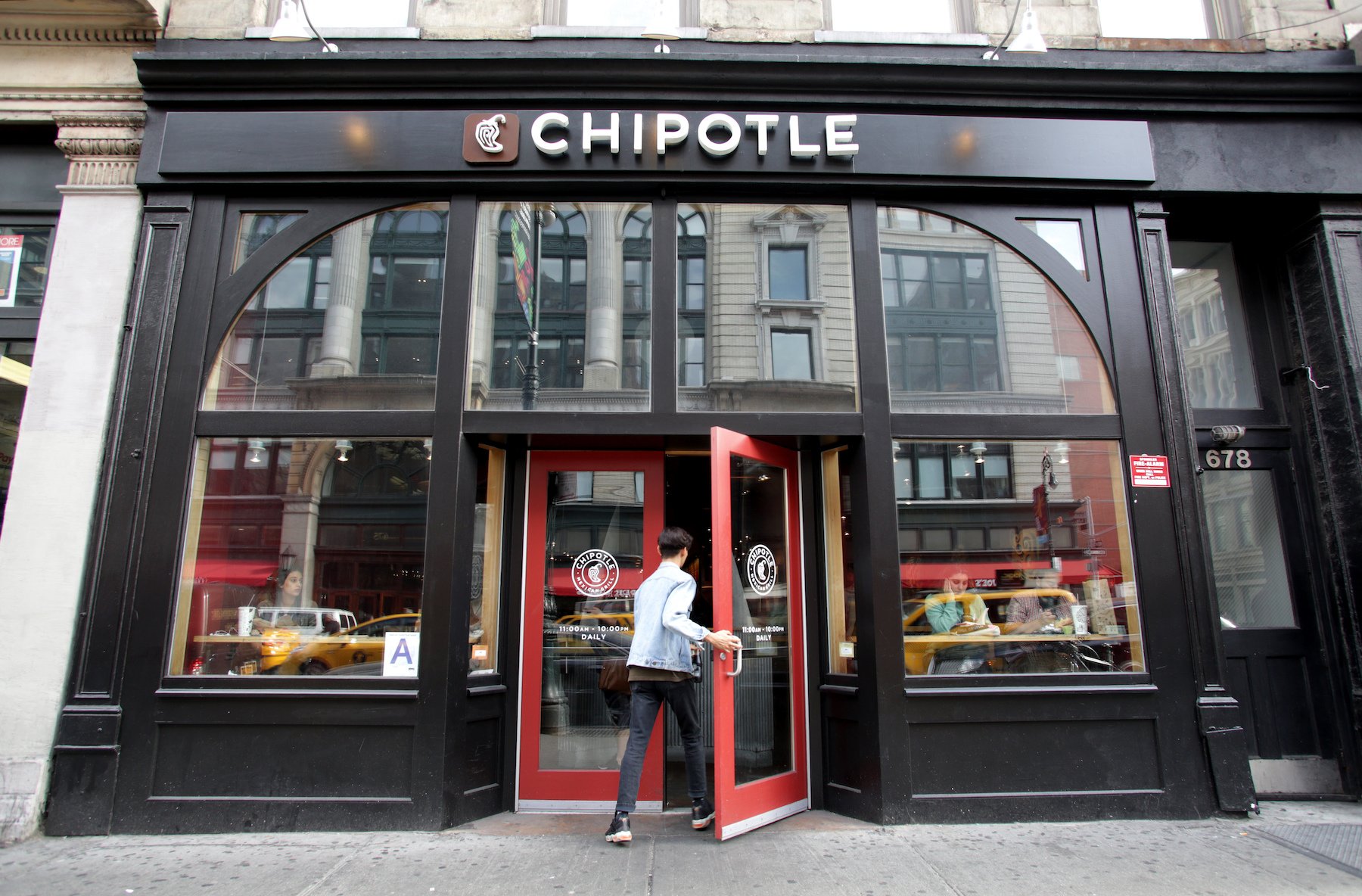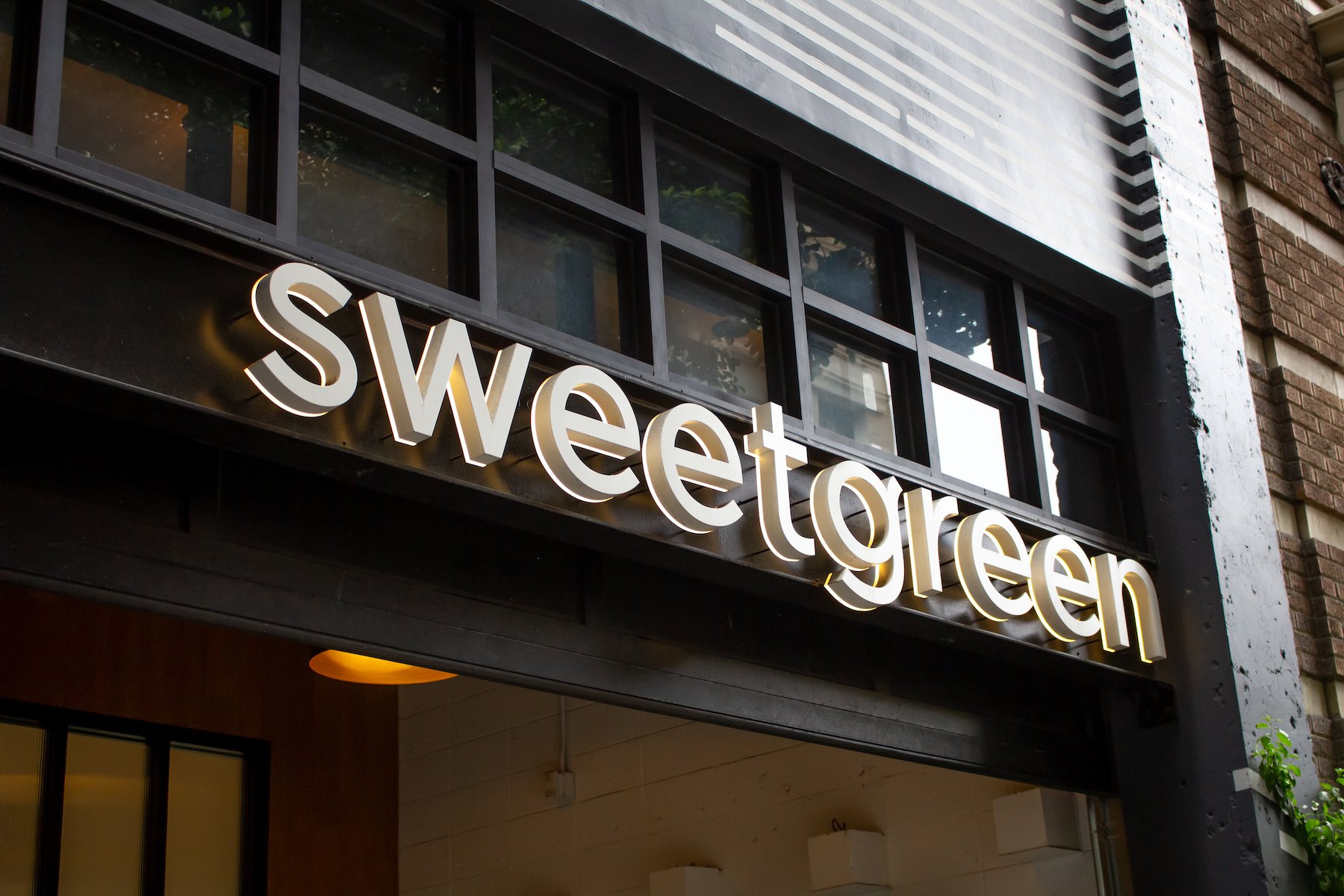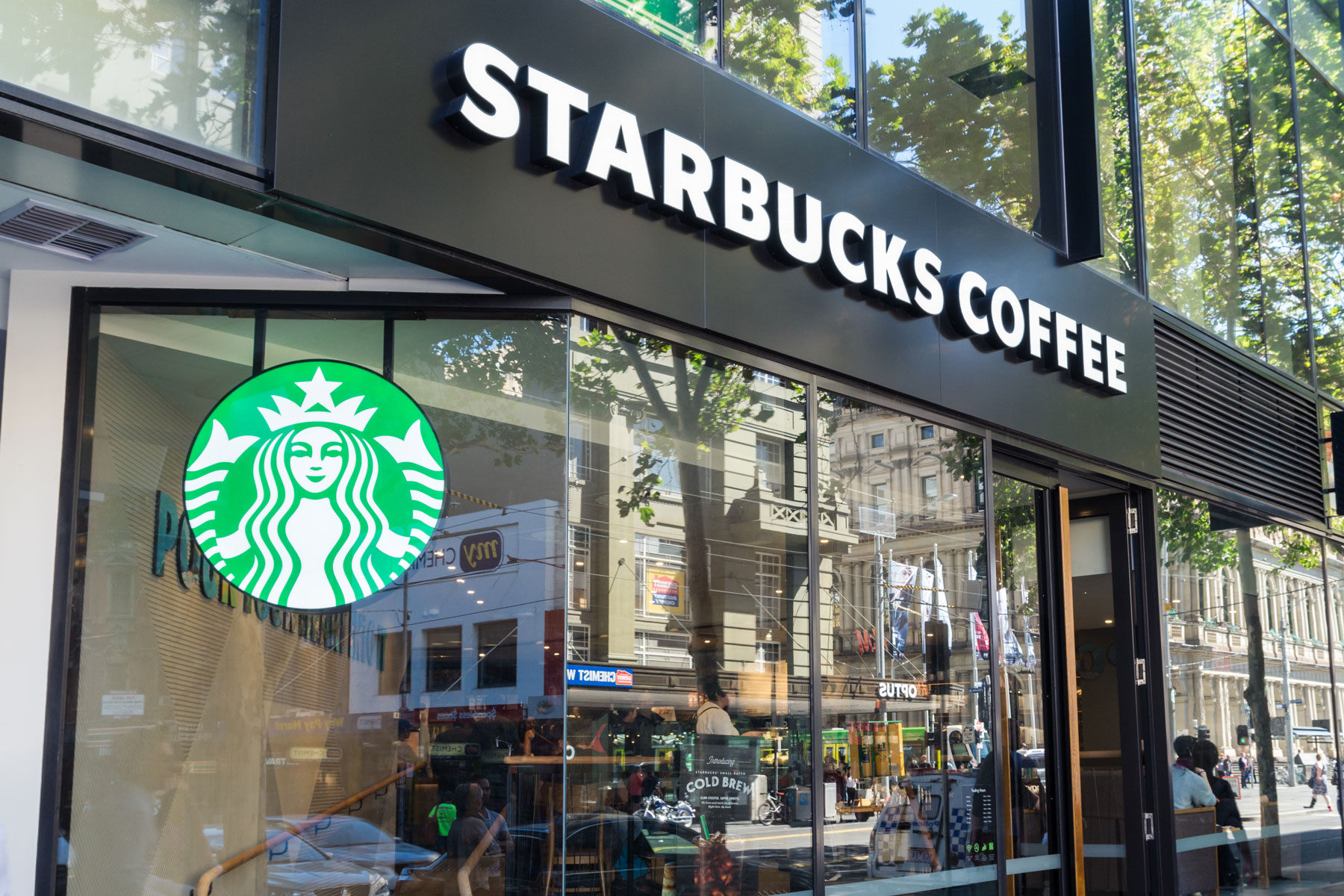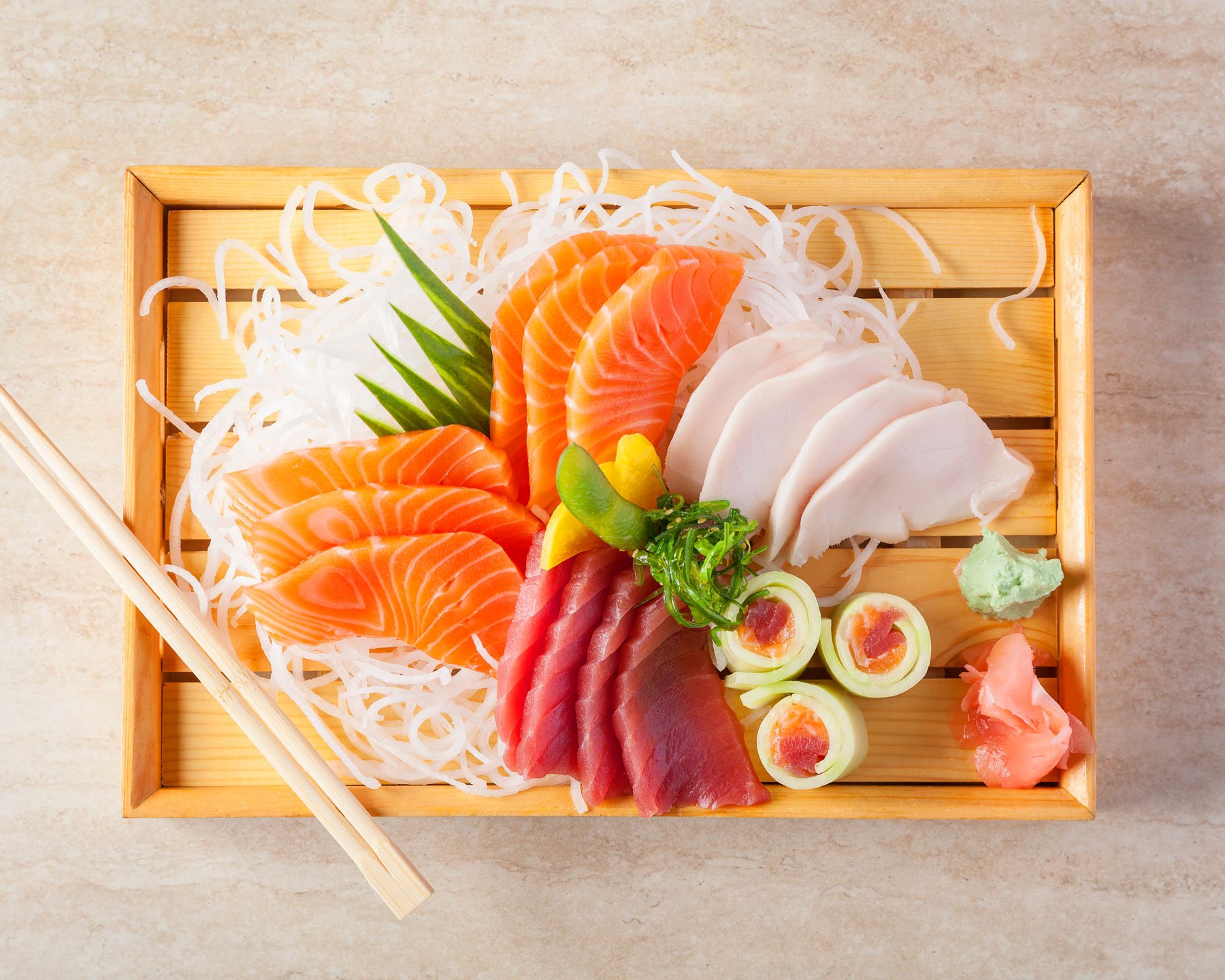With a menu full of salads, soups, and fresh sandwiches, Panera looks like a healthy lunch pick. But data from Levels members reveals that it’s one of the worst restaurants for metabolic health: Panera meals have nearly the same effect on blood sugar as McDonald’s and jelly beans, with an average glucose rise of 44 mg/dL—a pretty significant spike.
Why? Their items are often high in refined grains, which drive up blood sugar. Their sandwiches and pizzas are served on carb-heavy bread, while some of their soups contain rice or noodles. Even a few of their salads are topped with croutons or fried wontons—and come with a hunk of French baguette.
Fortunately, you can customize your order. Although you can make some swaps online, you may have to put in a special request in person or over the phone. Take that time and follow these guidelines to score a metabolically healthy meal.
The Metabolic Challenge at Panera
Panera is known for its fresh breads and baked goods. Most of these items are made with white flour, a refined grain. During manufacturing, the nutrient-rich outer layers of the grain are removed. This strips away the fiber that slows down digestion. The result: Carbs are broken down and enter the bloodstream quickly, triggering a glucose spike.
Over time, repeated blood sugar spikes (and subsequent crashes) may lead to metabolic problems such as Type 2 diabetes. Research links a diet high in refined grains with a greater chance of developing metabolic syndrome, a cluster of symptoms including high blood sugar, low HDL cholesterol, high LDL cholesterol, and high blood pressure.
At Panera, it’s hard to steer clear of carbs. A Mediterranean veggie sandwich packs in 108 grams of carbs—the equivalent of eight slices of white bread. Meanwhile, their salads are served with a baguette that contains 36 grams of carbs. If that wasn’t enough, you can get your soup served in a sourdough bread bowl, which adds a whopping 130 grams of carbs. And don’t forget the baked goods, including muffins, cookies, and brownies. In addition to refined grains, these contain added sugars.
Even items that seem healthy can contain excess carbs. Panera’s warm bowls are made with brown rice and quinoa. But too-large portions of these whole grains can also cause your blood sugar level to jump.
Another ingredient to watch out for in Panera’s items is refined oils. Soybean oil is a main ingredient in Panera’s salad dressings. It’s also found in other items, such as their mac & cheese. This refined oil is high in omega-6 fats. Some experts, such as Levels advisor Dr. Robert Lustig, say that consuming too many omega 6s can trigger inflammation. Studies also suggest that a diet high in omega-6s and low in omega-3 fats may set the stage for heart disease and other inflammatory diseases.
The good news is that Panera’s menu also contains items packed with fruits and vegetables. These foods are high in fiber and phytochemicals that can protect against damaging inflammation. This may partly explain why eating a diet high in produce can reduce the risk of Type 2 diabetes.
To get a Panera meal that’s high in fruits and vegetables and low in refined carbs and oils, you’ll have to do a little extra work. While you can’t build your own salads and sandwiches, you can customize your order.
8 Steps to a Better Panera Order
1. Focus on the salad menu. At Panera, salads have a base of crunchy romaine lettuce or a blend of arugula, kale, romaine, and red-leaf lettuce. That’s a good start: Leafy green veggies are low in carbs and high in vitamins and minerals, such as magnesium. This mineral helps regulate insulin, which allows your cells to use the sugar in your blood as energy. Greens also contain antioxidants that protect against free radical damage that raises the risk for Type 2 diabetes: Research shows an extra 1.15 cups of leafy greens per day may lower your odds for the disease by 14 percent.
Whichever salad you select, add a source of protein, such as chicken or edamame. You can also order a side of hardboiled eggs for topping. Hold the fried and carb-heavy toppings like croutons, frizzled onions, and wonton strips.
Then skip the salad dressing. All Panera dressings are made with a type of refined oil, such as soybean or canola oil. Some, like the BBQ ranch, also serve up added sugars. Instead, request a drizzle of olive oil with a squeeze of lemon and salt and pepper.
2. Swap grains for greens. Panera’s warm bowls feature brown rice and quinoa. Although these are whole grains, the heaping serving of carbs can still drive up blood sugar levels. The Teriyaki Chicken & Broccoli Bowl, for example, packs in 84 grams of carbs and 6 grams of fiber. That’s roughly the same stats as two and one-quarter cups of plain spaghetti.
3. Hold the bread. You can also turn any sandwich into a salad by trading the bread for greens. The greens aren’t large enough to wrap the fillings, so you’ll have to eat your meal with a fork. Skip the tuna and chicken salads (which are made with soybean oil) and chicken sandwiches. Smarter picks: the Chipotle Chicken Avocado Melt and Toasted Frontega Chicken (hold the chipotle sauce on both).
4. Add extra veggies. At Panera, you can pile extra veggies onto your entrée for free. Get the cucumber and tomatoes, and choose the spinach, arugula, or arugula, romaine, kale, and red leaf blend. Because different greens have their own set of nutrients, you can’t go wrong with adding a variety.
Also, pick the Veggie Power Blend, which contains green cabbage, chopped broccoli, and kale. These three cruciferous veggies are loaded with a compound called sulforaphane. Research suggests that sulforaphane may help lower inflammation and keep blood sugar levels in check.
5. Pass on the pizza. Panera’s pizzas are cooked on top of a flatbread instead of a regular thin crust. The result: the plain Cheese Flatbread Pizza clocks in a whopping 94 grams of carbs. Add in processed toppings like sausage and pepperoni, and you have a recipe for a metabolic disaster. In the mood for pizza? Try one of these healthier options.
6. Select the right soup. Many of the soups are loaded with noodles, rice, and croutons. And some veggie ones, such as their Creamy Tomato Soup, blend a “bread base” (which includes refined flour) into the soup. Your best bet is the Turkey Chili. Although it is made with a little soybean oil, the blend of turkey, beans, and veggies delivers 21 grams of protein and 14 grams of fiber per bowl. Both help promote slower digestion and, therefore, a smaller post-meal blood sugar response.
7. Get the side of fruits or veggies. The soups, salads, and sandwiches often come with a side of French baguette. This hunk of bread adds another 36 grams of carbs to your meal. Choose a fiber-rich apple; eating it before your meal may keep your blood sugar level steadier. Or opt for the tomato-and-cucumber side salad.
8. Sip smart. Along with its baked goods and breads, Panera is also known for its teas, coffees, and lemonades. But many of these flavored beverages are sky-high in added sugar: A 20-ounce Mango Yuzu Citrus Flavored Charged Lemonade packs in the equivalent of 12 teaspoons of table sugar, while the same-size Madagascar Vanilla Latte contains 8 teaspoons’ worth of the sweet stuff. Stick with plain water, coffee, or tea.
3 Smart Panera Orders
For the most metabolically healthy meal, stick with the salad menu. Although you can’t build your own custom salad, you can pump up the nutrition by making smart swaps and requests.
Baja Bowl with Chicken
Trade the rice-quinoa blend for mixed greens, and you’ll get salad topped with chicken, tomatoes, and feta cheese. Greek yogurt adds creaminess and protein, while avocado serves up healthy fats. If you like, consider a half-scoop of the black bean and corn salsa: Although corn is high in natural sugars that can raise blood sugar, black beans add fiber and protein that can help blunt that rise (though some people have a stronger glycemic reaction to beans as well). Hold the salsa verde dressing, which is made with canola oil.
Citrus Asian Crunch Salad with Chicken
This salad is piled with fiber-rich vegetables—including romaine, kale, broccoli, cabbage, and carrots—that help keep blood sugar levels steady. Edamame adds protein and omega 3s, while pickled red onions deliver a punch of flavor. But you’ll need to make tweaks: Swap the seared chicken thighs, which are cooked in soybean oil, for grilled chicken. Because the teriyaki and soy ginger dressings contain added sugar, choose a drizzle of olive oil. And hold off on the crunchy carrots, which are coated with flour and fried. For a smarter crunch, add almonds.
Greek Salad
Start with this classic Greek salad, which piles tomatoes, red onions, pepperoncini, feta, and olives on top of romaine lettuce. Then customize it to pump up the nutrition: Add the power vegetable blend and cucumbers. For protein, top it with a hardboiled egg or edamame (for an extra fee). Because the first ingredient in the Greek dressing is soybean oil, skip it and request olive oil instead.
